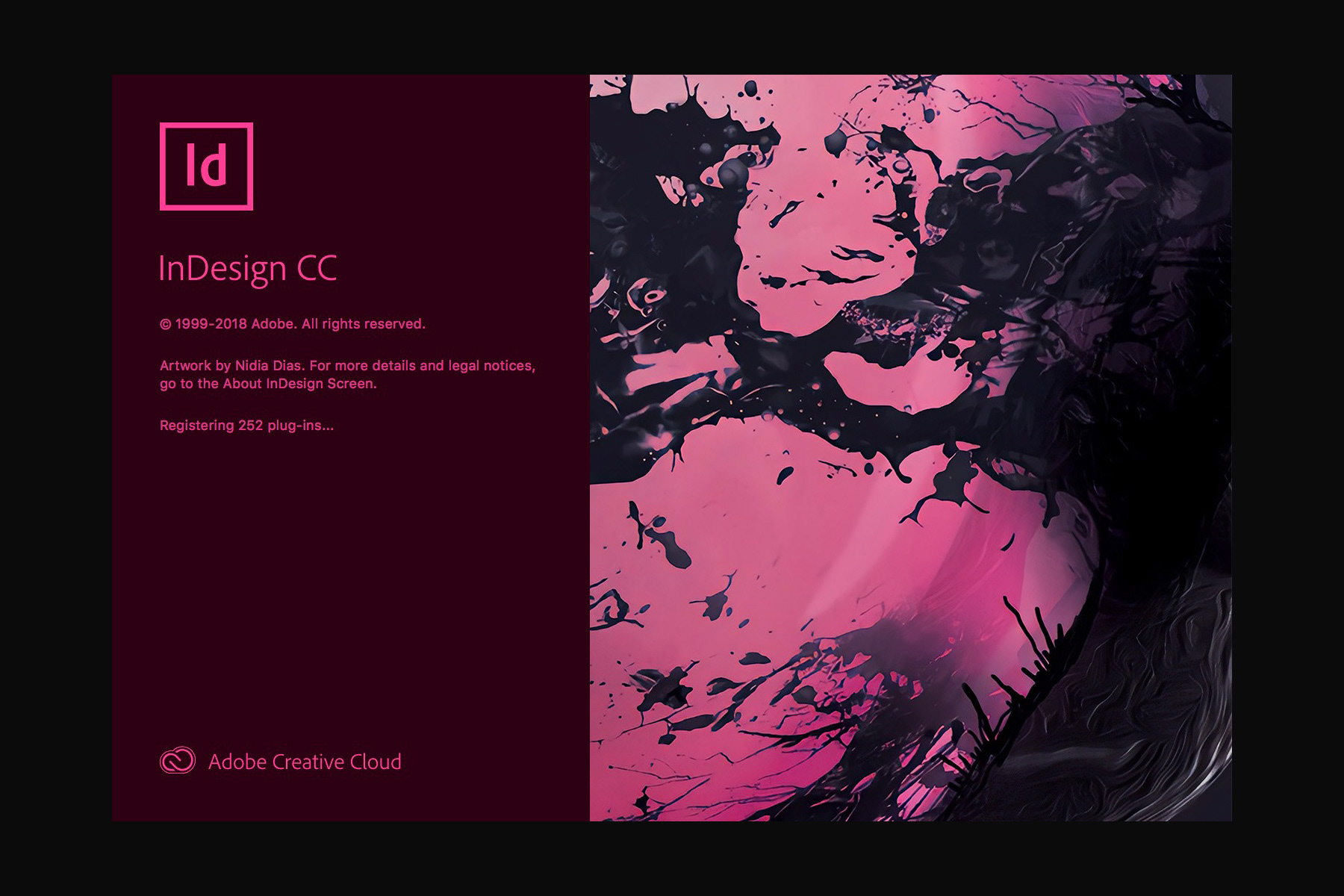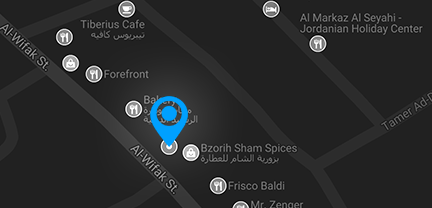Overview
The Adobe Certified Associate ACA
InDesign
Adobe Certified Associate (ACA) certification is the perfect place to recognize and inspire creativity in your students. It allows students to approach tasks and projects in new ways, working out solutions they couldn’t have seen before; and helping you as a teacher become involved with your student’s creative process on a new level.
ACA certification offers your students a foundation for success by validating their digital skills, and offering you the ability to assess your student’s progress, engagement, and involvement.
تعد شهادة Adobe Certified Associate (ACA) المكان المثالي للتعرف على الإبداع والإلهام لدى طلابك. إنها تتيح للطلاب التعامل مع المهام والمشاريع بطرق جديدة ، والعمل على إيجاد حلول لم يتمكنوا من رؤيتها من قبل ؛ ومساعدتك كمدرس على المشاركة في العملية الإبداعية لطلابك في مستوى جديد.
تقدم شهادة ACA لطلابك أساسًا للنجاح من خلال التحقق من صحة مهاراتهم الرقمية ، وتوفر لك القدرة على تقييم تقدم الطالب ومشاركته.
Exam Roadmap
- Module 1: Working in the Design Industry
- Identify the purpose, audience, and audience needs for preparing publications.
- Determine whether content is relevant to the purpose, audience, and audience needs.
- Communicate with colleagues and clients about design plans.
- Demonstrate knowledge of techniques for communicating about design
- plans with peers and clients.
- Demonstrate knowledge of basic project management concepts.
- Determine the type of copyright, permissions, and licensing required to use specific content.
- Identify legal and ethical considerations for using third-party content.
- Identify when and how to obtain permission to use images of people and locations.
- Demonstrate an understanding of key terminology related to publications.
- Demonstrate knowledge of publication terminology.
- Demonstrate knowledge of how color is created in publications.
- Understand and use key terms related to multi-page layouts.
- Demonstrate knowledge of basic design principles and best practices employed in the design industry.
- Communicate visually using the elements and principles of design and common design techniques.
- Identify and use common typographic adjustments to create contrast, hierarchy, and enhanced readability
- Define common photographic/cinematic composition terms and principles.
- Module 2: Project Setup and Interface
- Create a document with the appropriate settings for web, print, and mobile.
- Set appropriate document settings for printed and onscreen publications
- Create a document preset to reuse for specific project needs.
- Navigate, organize, and customize the application workspace.
- Identify and manipulate elements of the InDesign interface.
- Organize and customize the workspace
- Configure application preferences
- Use non-printing design tools in the interface to aid in design or workflow.
- Navigate a document.
- Use rulers.
- Use guides and grids.
- Use views and modes to work efficiently.
- Import assets into a project.
- Open and use templates.
- Place assets in an InDesign document.
- Manage colors, swatches, and gradients.
- Set the active fill and stroke color.
- Create and customize a gradient.
- Create, manage, and edit swatches and swatch libraries.
- Manage paragraph, character, and object styles.
- Load and modify styles.
- Module 3: Organizing Documents
- Use layers to manage design elements.
- Use the Layers panel to modify layers.
- Employ best practices to effectively manage layers in a complex project.
- Work with multiple layers.
- Modify layer visibility and printability.
- Manage and modify pages.
- Create pages in a document.
- Edit and customize pages.
- Module 4: Creating and Modifying Visual Elements
- Use core tools and features to lay out visual elements.
- Create frames using a variety of tools.
- Place images in documents.
- Add and manipulate text using appropriate typographic settings.
- Use a variety of type tools to add typography to a design.
- Use appropriate character settings in a design.
- Use appropriate paragraph settings in a design.
- Convert text to graphics.
- Manage text flow across multiple text areas.
- Use tools to add special characters or content.
- Make, manage, and edit selections.
- Make selections using a variety of tools
- Modify and refine selections using various methods.
- Transform digital graphics and media within a publication.
- Modify frames and frame content.
- Rotate, flip, and transform individual frames or content.
- Use basic reconstructing and editing techniques to manipulate document content.
- Apply basic auto-correction methods and tools.
- Use various tools to repair and reconstruct project content.
- Evaluate or adjust the appearance of objects, frames, or layers using various tools.
- Use the Story Editor to edit text within a project.
- Modify the appearance of design elements by using effects and styles.
- Use effects to modify images or frames.
- Create, edit, and save object styles.
- Add interactive or dynamic content or media to a project.
- Add interactive elements and behaviors.
- Demonstrate knowledge of how to embed rich-media objects.
- Identify and assign triggers for multimedia assets.
- Create and edit tables.
- Create a table to display data.
- Edit tables and cells.
- Module 5: Publishing Digital Media
- Prepare documents for publishing to web, print, and other digital devices.
- Check document for errors and project specifications.
- Export or save documents to various file formats.
- Save in the native file format for InDesign (.indd).
- Save in appropriate formats for print or screen.
- Print proof copies before publishing.
- Package an InDesign project.




